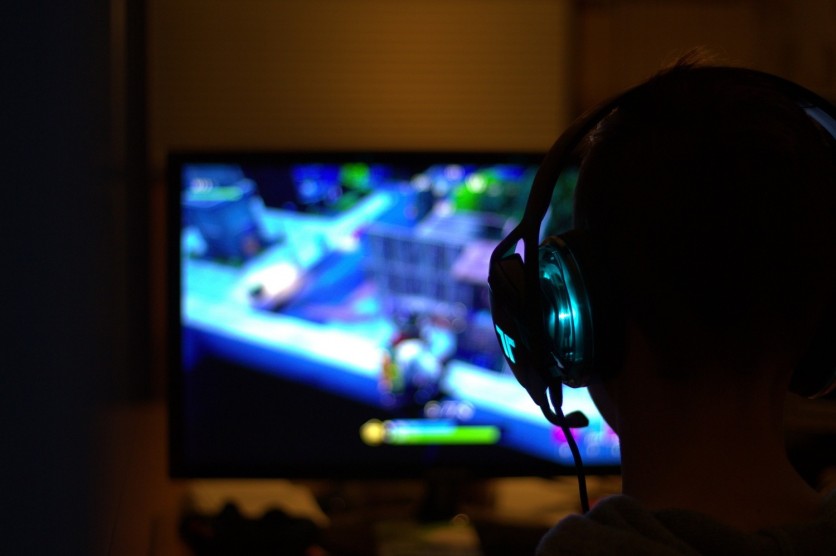To tackle the growing issue of social isolation among gamers, the Nara Institute of Science and Technology in Japan has unveiled a unique robotic companion designed to make gaming a more interactive and social experience.
Crafted to combat loneliness prevalent among gamers, this Japanese creation aims to bridge the gap between virtual and real-world social interactions.
"We have been developing robots that can chat while watching TV together, and interaction technology that creates empathy, in order to realize a partner robot that can live together with people in their daily life," Masayuki Kanbara, one of the researchers, said in a statement posted on Tech Xplore.
"In this paper, we developed a robot that plays TV games together to provide opportunities for people to interact with the robot in their daily lives," Kanbara added.

Companion Robots
The Nara Institute of Science and Technology has taken a leading role in exploring the capabilities of companion robots. Instead of concentrating solely on manual tasks, these robots are envisioned as social companions, specially designed for individuals dealing with isolation stemming from various factors.
Kanbara provided insights into the developmental journey. He conveyed the team's commitment to crafting robots capable of participating in empathetic conversations, with the ultimate goal of seamlessly integrating into people's daily lives.
The recently unveiled robot is specifically crafted for playing video games, presenting opportunities for users to engage with it regularly. To evaluate the capabilities of their proposed robotic system, Kanbara and his colleagues conducted an experiment involving 30 human participants.
These individuals were tasked with playing the same video game independently and in collaboration with the team's robot, after which they provided feedback through a questionnaire.
According to the survey responses, most participants preferred playing with the robot over playing alone, indicating the potential of the team's companion robot to enhance user enjoyment and elevate the overall gaming experience.
Broader Applications
The robot is poised for further refinement and additional experimental trials to delve deeper into its potential. Furthermore, the outcomes of this recent study may serve as a catalyst for developing other interactive, educational, and robot-assisted gaming experiences tailored to specific demographic segments, including older adults or children diagnosed with autism spectrum disorder (ASD), according to the researchers.
Kanbara highlighted the broader applications of this technology, particularly in assisting the elderly in practicing mental skills through interactive gaming. The team's vision extends beyond mere entertainment, foreseeing the robot as a valuable tool for supporting and enriching the lives of older adults.
"The evaluation in this paper showed the effectiveness of the proposed robot during a short game time of about 15 minutes. In the future, we aim to design a robot behavior that continues to motivate interaction over a long period of time, in terms of months or years," Kanbara added.
The team's findings were presented at the International Conference on Human-Agent Interaction.

ⓒ 2025 TECHTIMES.com All rights reserved. Do not reproduce without permission.




